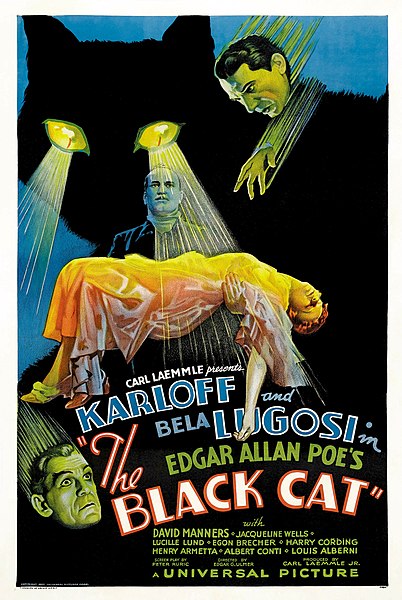Japanese horror is horror fiction derived from popular culture in Japan, generally noted for its unique thematic and conventional treatment of the horror genre differing from the traditional Western representation of horror. Japanese horror tends to focus on psychological horror, tension building (suspense), and the supernatural, particularly involving ghosts (yūrei) and poltergeists. Other Japanese horror fiction contains themes of folk religion such as possession, exorcism, shamanism, precognition, and yōkai. Media in which the genre of Japanese horror fiction can be found include artwork, theater, literature, film, anime and video games.
The Laughing Demon (1830) by Hokusai
Poster of the horror film Ghost-Cat of Gojusan-Tsugi (1956)
Hidetoshi Imura as Seijun from Tales from the Dead
Psychological horror is a subgenre of horror and psychological fiction with a particular focus on mental, emotional, and psychological states to frighten, disturb, or unsettle its audience. The subgenre frequently overlaps with the related subgenre of psychological thriller, and often uses mystery elements and characters with unstable, unreliable, or disturbed psychological states to enhance the suspense, horror, drama, tension, and paranoia of the setting and plot and to provide an overall creepy, unpleasant, unsettling, or distressing atmosphere.
The Black Cat (1934), an early psychological horror film that adapts a story by Edgar Allan Poe




